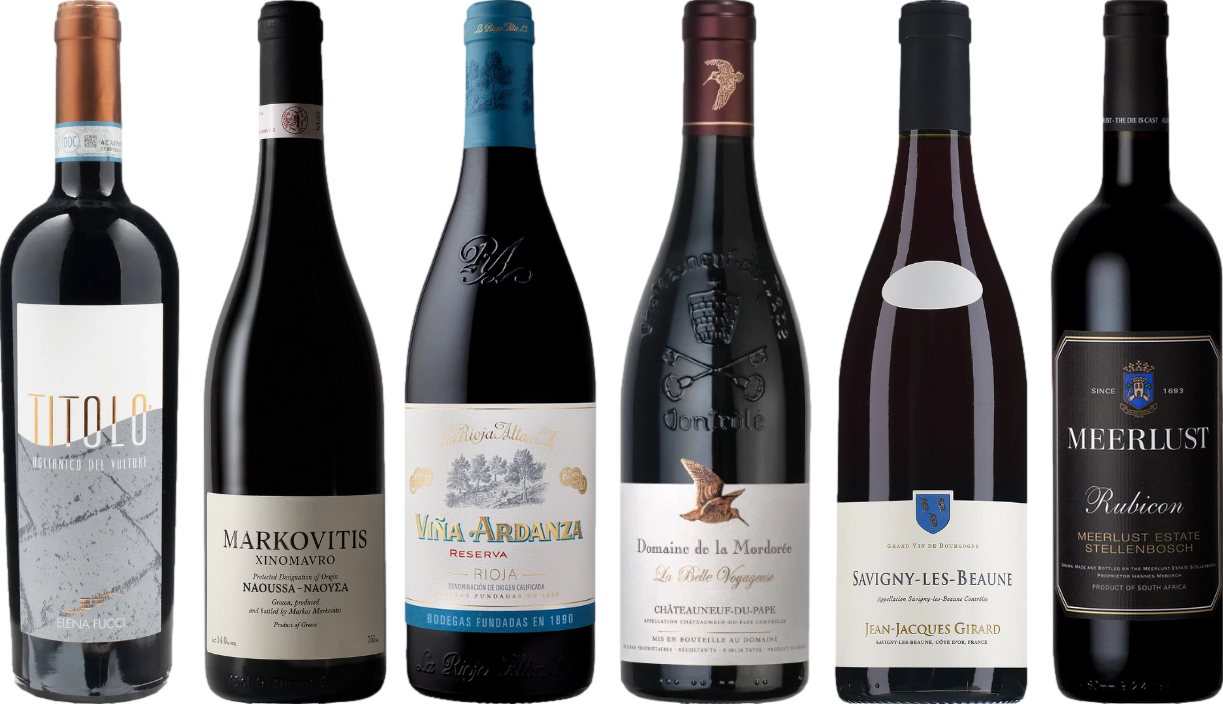
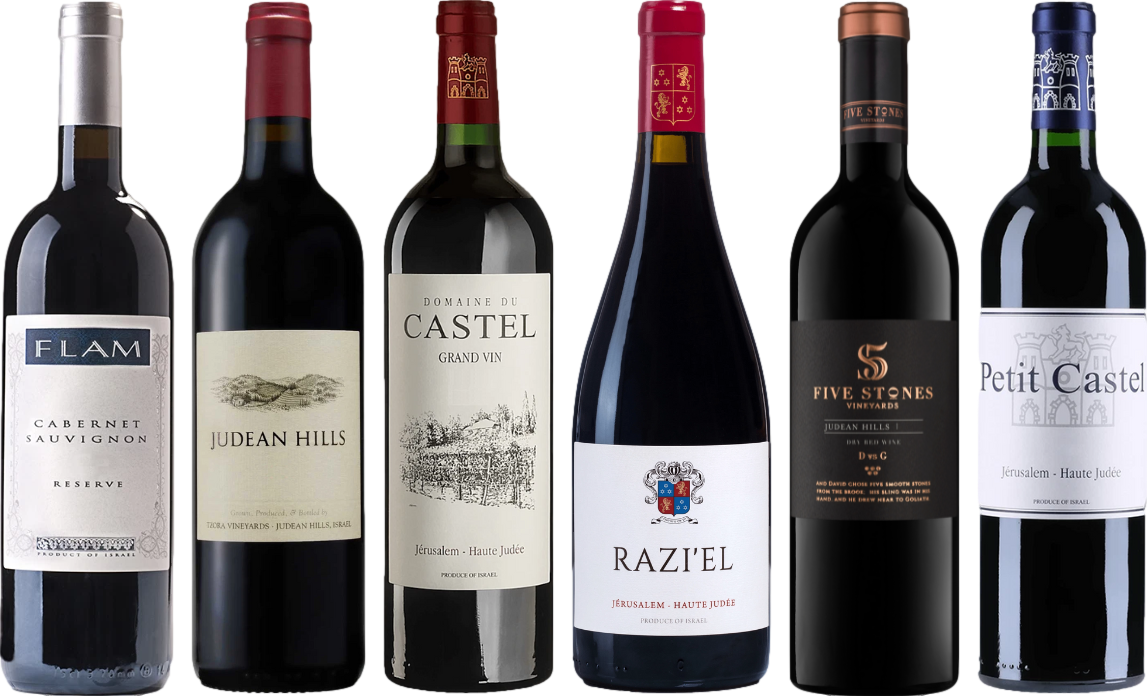
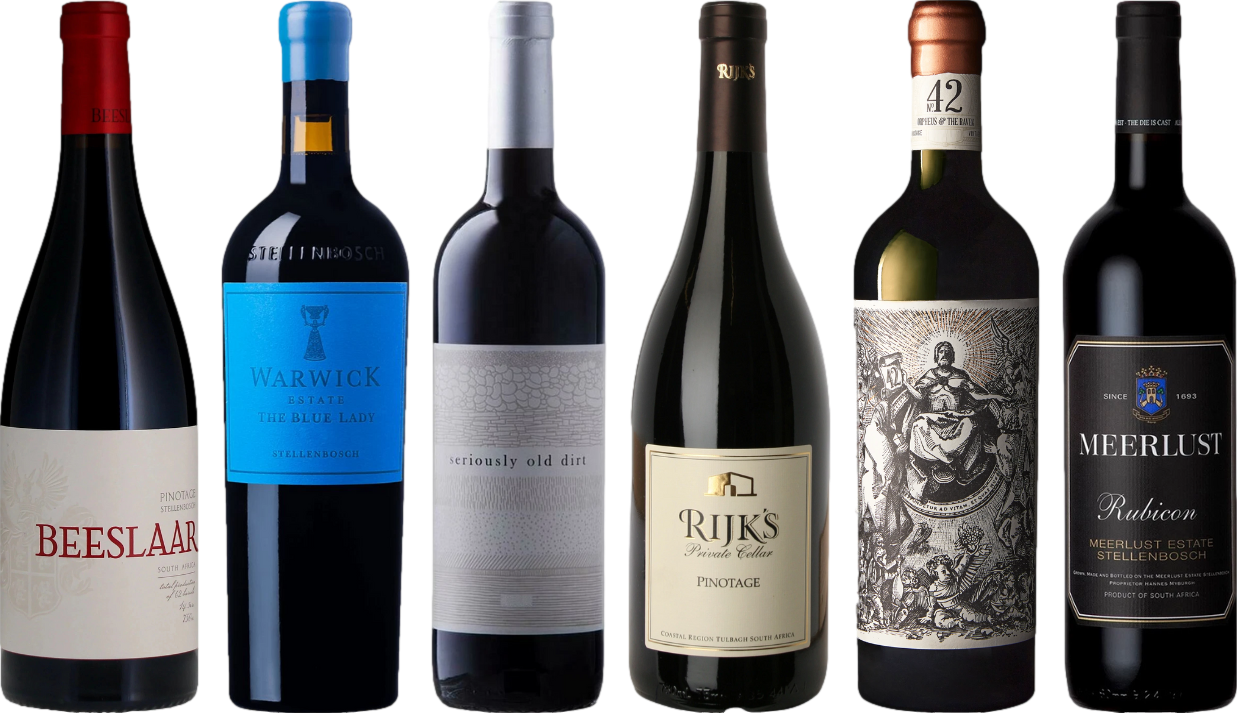

It’s possible to chill your beloved crimson drink in the freezer, but caution is paramount. The liquid expands as it freezes, which can lead to bottle breakage or spillage. If you choose to proceed, opt for a glass container that can withstand the pressure, or better yet, use an ice cube tray to create small portions for future use.
Consider the quality of the beverage before freezing. High-end varieties with complex flavors may lose their characteristics once thawed. For experimenting, stick to more affordable selections. You might be pleasantly surprised by how well they hold up in cocktails or cooking after a freeze.
For optimal results, freeze in small quantities. This way, you can easily defrost only what you need, minimizing waste. Remember to allow it to thaw slowly in the refrigerator rather than at room temperature, preserving the flavor profile and texture as much as possible.
Freezing Options for Dark Varietals
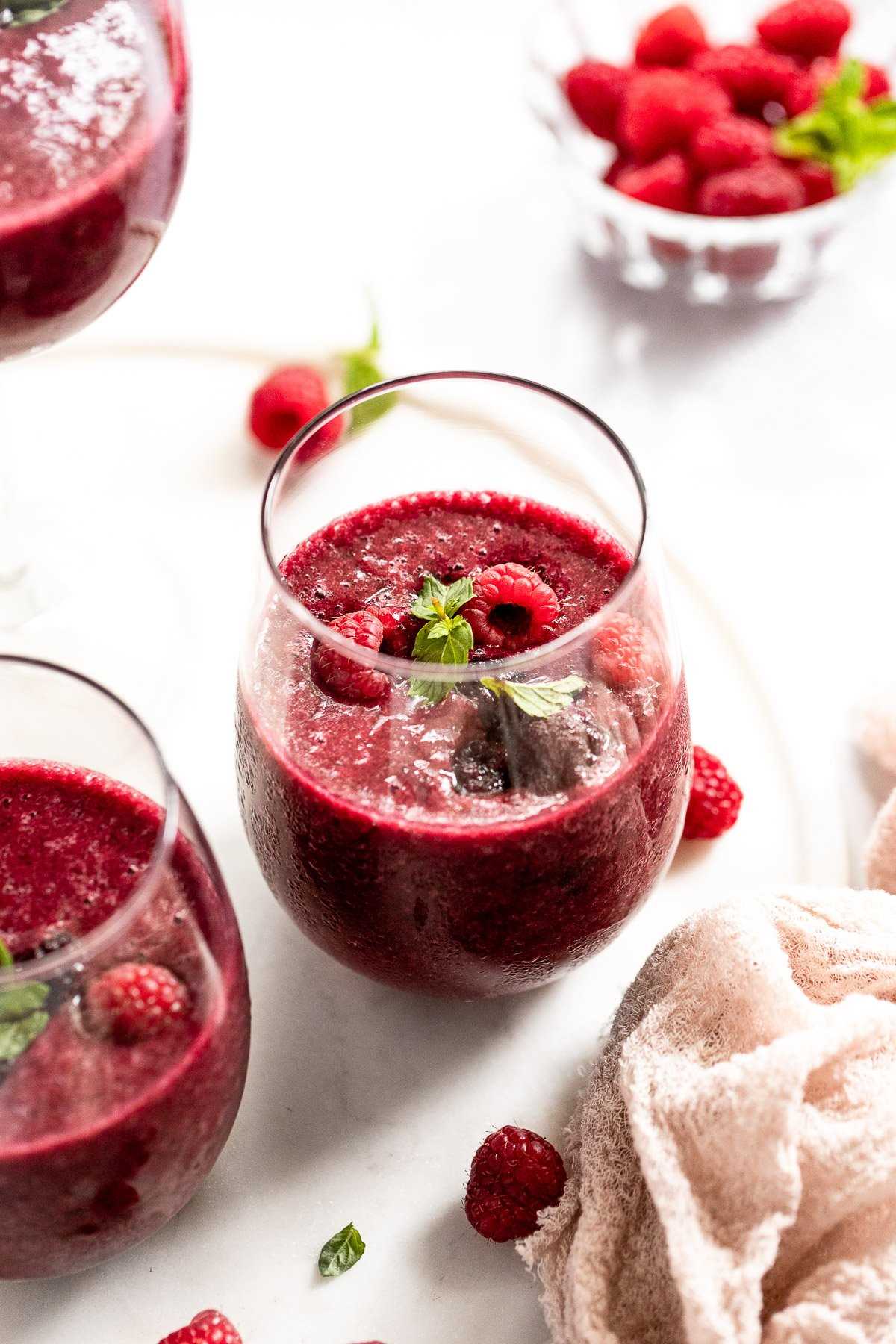
While storing your favorite deep-colored beverages in a chilly environment is not ideal, there are methods to preserve flavors if needed. If you’re considering chilling a bottle for later enjoyment, keep the following in mind:
- Use ice cube trays for small portions. Pour the liquid into the compartments, allowing for easy use in cocktails or cooking.
- Consider the alcohol content. Higher levels can impact the freezing process, affecting texture and taste.
- Seal containers tightly. Avoid oxidation and ensure the integrity of flavors by using airtight options.
Upon thawing, expect changes in mouthfeel and aroma. This approach is better suited for culinary applications rather than straight consumption. Experiment with mixtures, enhancing sauces or marinades, where the original profile can be complemented by other ingredients.
In summary, preserving these beverages in low temperatures can be practical, but the outcome may not meet expectations for direct sipping. Use wisely and adjust your culinary creations accordingly.
Impact of Freezing on Flavor Profile
Freezing significantly alters the flavor profile of your beloved beverage. When subjected to extremely low temperatures, the delicate balance of flavors can be disrupted. The primary issue arises from the formation of ice crystals, which can rupture the cellular structure of the liquid, leading to the release of compounds that may not have been intended to mingle. This results in a lack of harmony in taste, with previously subtle notes becoming muted or, conversely, overly pronounced.
Effects on Aromatics

The aromatic compounds that contribute to the complexity can also be affected. When thawed, the bouquet may not return to its original state, often leading to a loss of the nuanced aromas that define a specific vintage. The interplay of fruit, oak, and spice can be diminished, leaving a flat or one-dimensional experience.
Texture and Mouthfeel
Additionally, the mouthfeel can suffer. The once smooth and velvety texture may transform into something grainy or watery due to the freezing process. This change can make the experience less enjoyable, as the tactile sensations that enhance flavor perception are compromised. For an optimal tasting experience, avoiding low-temperature storage is recommended.
Best Practices for Freezing Red Wine
To maintain quality while preserving, use ice cube trays to portion your liquid. This allows for controlled usage later, whether for cooking or mixing. Avoid filling trays to the brim; leave space for expansion during the freezing process.
Choose bottles with screw caps or synthetic corks, as glass can crack under low temperatures. If you must use traditional corked bottles, ensure they are upright to minimize pressure on the cork.
Label your containers with the type and date of the beverage for easy identification. Use within three to six months for optimal taste; beyond this, the flavor may deteriorate significantly.
Thaw in the refrigerator or at room temperature, avoiding any microwave heating, which can alter the chemical structure and flavor profile. If you’re planning to incorporate it into a dish, there’s no need to fully defrost; you can add directly from the freezer to your recipe.
For tips on maintaining your home while experimenting with freezing techniques, check out this article on how do i clean my roof without a pressure washer.
Thawing Methods for Frozen Red Wine
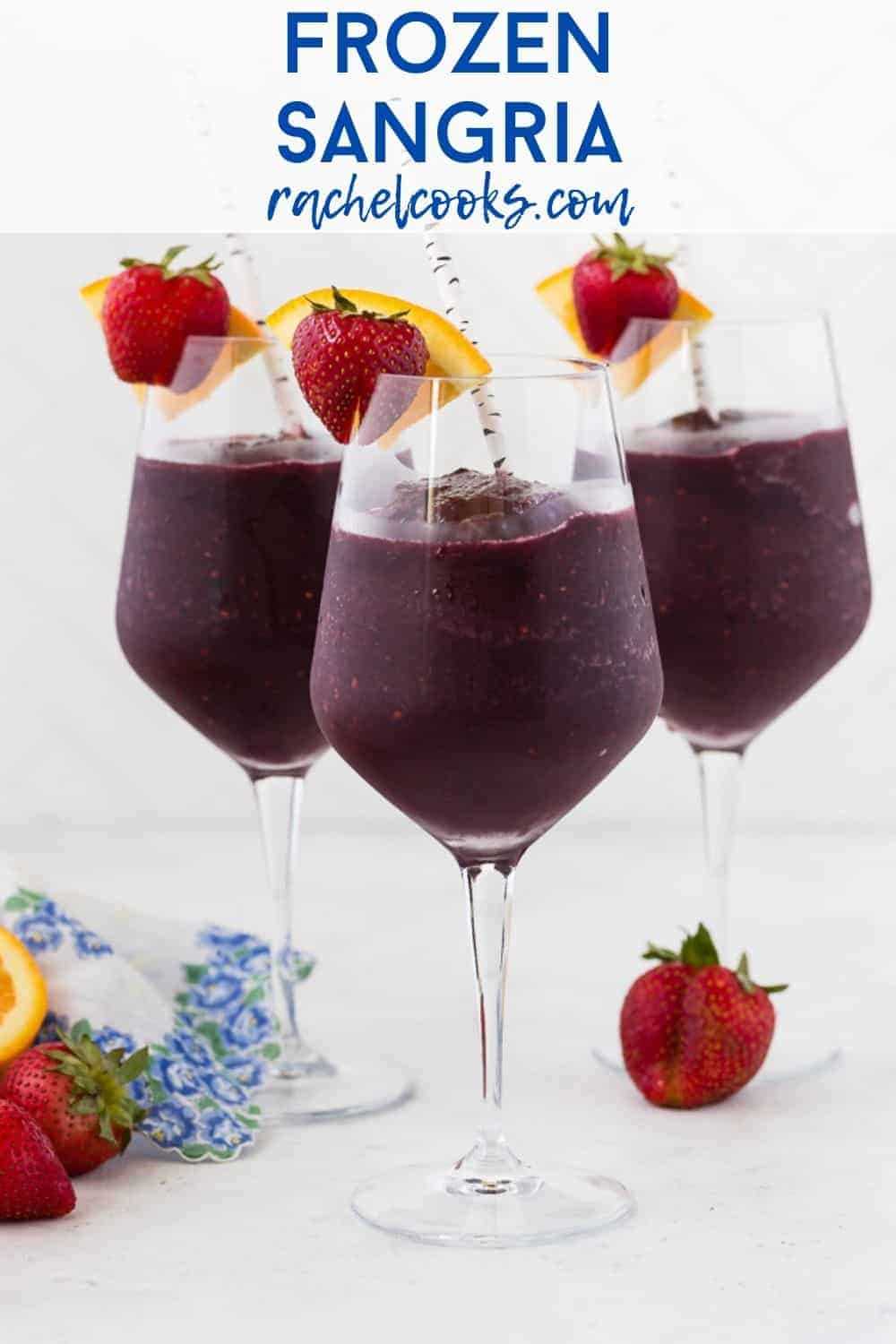
The most effective way to restore a chilled bottle is to place it in the refrigerator for several hours. This gradual approach allows the liquid to return to its original state without compromising its quality.
If time is of the essence, submerging the bottle in a cold water bath can accelerate the thawing process. Ensure the water is not warm, as this could alter the characteristics of the beverage. Change the water every 15 minutes to maintain a consistent temperature.
A microwave is not advisable for thawing, as it can unevenly heat the liquid and negatively affect the flavor profile. The goal is to avoid any sudden temperature changes that could lead to undesirable alterations.
For those who prefer to enjoy their beverage immediately after thawing, consider using it in a cooking application. Heat can enhance certain flavors, making it suitable for sauces or reductions, but remember this will not restore the original drinking experience.
| Method | Time Required | Notes |
|---|---|---|
| Refrigerator | Several hours | Best for quality preservation |
| Cold Water Bath | 30-45 minutes | Change water every 15 minutes |
| Cooking Application | Varies | Use in sauces or reductions |
Using Frozen Red Wine in Recipes
Incorporate chilled grape juice into sauces, stews, or marinades for a rich depth of flavor. A great approach is to use it in a classic beef bourguignon, where the essence enhances the dish significantly. Simply replace part of the liquid with the thawed product, allowing it to simmer and meld with the other ingredients.
This juice also works wonders in reductions. Simmer it gently with aromatics like shallots and herbs until it thickens. This creates a luscious sauce ideal for drizzling over meats or vegetables, elevating any meal effortlessly.
For desserts, consider using thawed grape essence in poaching liquids for fruits like pears or figs. The infusion of flavor adds complexity and sweetness, transforming simple desserts into gourmet creations.
Another innovative use involves incorporating the juice into salad dressings. Blend it with olive oil, mustard, and honey for a unique vinaigrette that pairs beautifully with roasted vegetables or hearty salads.
Lastly, consider using this ingredient in braising liquids. Whether you’re cooking meats or vegetables, adding some thawed juice can provide a robust flavor profile, enhancing the overall dish.
Alternatives to Freezing Red Wine
For those who wish to preserve their opened bottles without resorting to low temperatures, consider using a vacuum sealer. This method removes air from the bottle, significantly slowing oxidation and extending the drink’s shelf life for several days to weeks, depending on the type. Ensure the seal is tight to maintain quality.
Another option is to transfer the liquid into smaller containers. By splitting the contents into smaller bottles, you reduce the oxygen exposure each time you open a container. Choose glass or high-quality plastic to prevent any unwanted flavors from leaching.
Storing Techniques
Utilizing a wine preservation system can effectively help maintain the integrity of the beverage. These systems employ inert gases to displace oxygen in the bottle. This method is particularly useful for longer storage periods, allowing you to enjoy a glass from the same bottle over an extended time frame.
Alternatively, consider using cork stoppers designed for longer preservation. These stoppers can minimize air contact and are an excellent choice for short-term storage. Always store bottles upright or at an angle to keep the cork moist if using traditional cork closures.
Creative Uses
In cases where the flavor may not be as vibrant as originally intended, think about incorporating the beverage into culinary creations. Use it in sauces, marin marinades, or reductions. This approach not only minimizes waste but can enhance your dishes with rich flavors.
Experimenting with cooking can elevate your meals. For instance, a robust blend can complement braised meats, while a lighter option may enhance a risotto or stew. This way, you can still appreciate the essence of the drink without serving it as intended.



